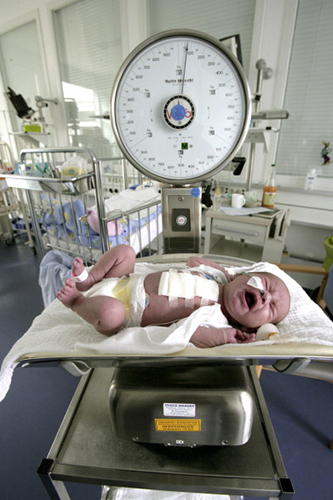“As an economist, I am always thinking about trade-offs,” says Muzhe Yang. “There are always benefits and costs associated with our decision-making. And what we do as a single person can affect other people.”
Such trade-offs, particularly those that impact human health, can have far-reaching effects. In recent years, Yang, the Charles William MacFarlane Professor of Economics in Lehigh’s College of Business, has focused his research on trade-offs related to externalities that can have significant impacts on babies, even before they are born. Yang examines conditions that affect maternal, fetal and infant health, including maternal employment, long commutes and various types of pollution.
Yang’s interest in maternal-fetal health began when he published a paper in the journal Economics & Human Biology in 2015. The study examined the impact of California’s paid family leave on mothers’ breastfeeding behaviors, and found that rates of breastfeeding through the first three, six and nine months of infancy increased by 10–20 percentage points after the implementation of paid family leave.
“When I did that study, I learned that the U.S. is the only high-income country that does not guarantee paid leave to new mothers,” he says. “I was shocked to learn that the U.S. is ranked very last on every measure of family-friendly policies of all high-income countries.”
Yang also learned the impact his work could have on policy. The Council of the District of Columbia cited that 2015 paper in its own paid family leave legislation, which became effective in 2017.
“This experience led me to realize that what we do as researchers actually can influence policy-making,” says Yang.
Mothers at Work
Since 2015, Yang has conducted several studies related to how working outside the home can impact pregnant women and their babies. In a 2019 paper in Economics & Human Biology, he and his colleague, Yang Wang of the University of Wisconsin-Madison, report the findings of the first empirical study on the effect of long commutes during pregnancy on infant health. Using unique data on women’s home addresses and the addresses of their employers during pregnancy, they found that a 10-mile increase in travel distance raises the probability of low birth weight (LBW, birth weight below 2,500 grams or 5.5 pounds) by 0.9 percentage points, and the probability of intrauterine growth restriction by 0.6 percentage points.








